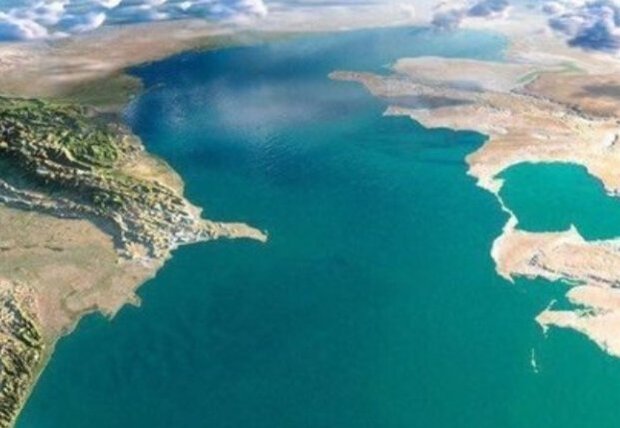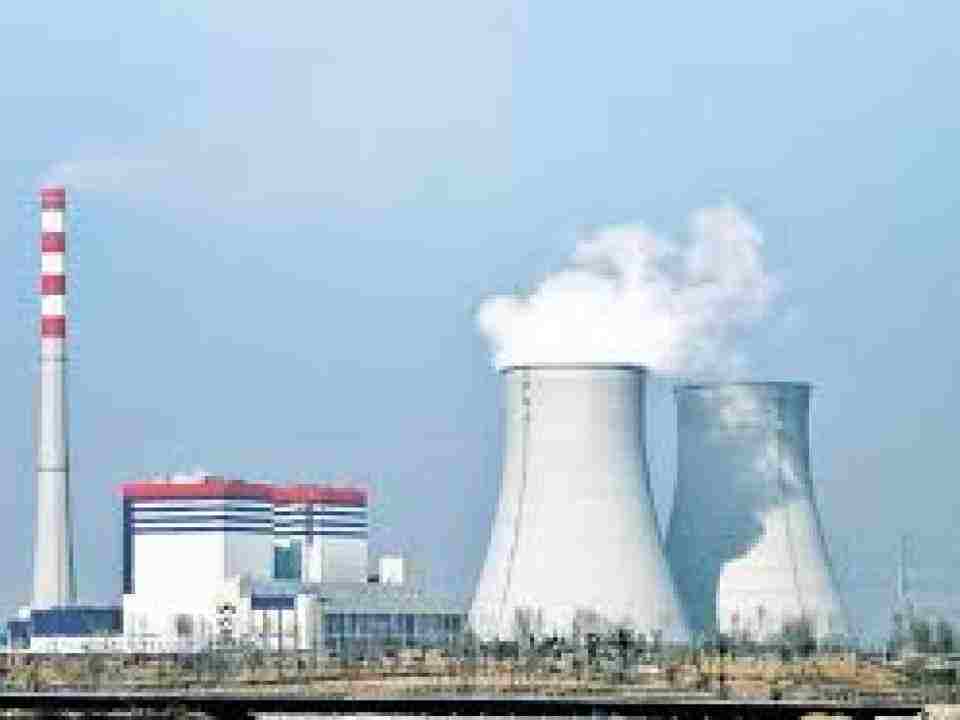- Courses
- GS Full Course 1 Year
- GS Full Course 2 Year
- GS Full Course 3 Year
- GS Full Course Till Selection
- MEP (Mains Enrichment Programme) Data, Facts
- Essay Target – 150+ Marks
- Online Program
- GS Recorded Course
- NCERT- First Ladder
- Polity
- Geography
- Economy
- Ancient, Medieval and Art & Culture AMAC
- Modern India, Post Independence & World History
- Environment
- Governance
- Science & Technology
- International Relations and Internal Security
- Disaster Management
- Ethics
- Current Affairs
- Indian Society and Social Issue
- CSAT
- 5 LAYERED ARJUNA Mentorship
- Public Administration Optional
- ABOUT US
- OUR TOPPERS
- TEST SERIES
- FREE STUDY MATERIAL
- VIDEOS
- CONTACT US
Drying Up the World’s Largest Lake: A Caspian Crisis
Drying Up the World’s Largest Lake: A Caspian Crisis

- In February 2025, an 18th-century 28-meter wooden shipwreck was discovered off Mazandaran, Iran, due to receding water levels.
- Ship believed to be part of a Russian-influenced merchant fleet, carrying botanical cargo like buckwheat.
- This accidental find underscores the environmental breakdown shaping modern archaeology.
- Caspian is World’s largest inland water body, bordering Azerbaijan, Iran, Kazakhstan, Russia, and Turkmenistan.
- It has supported trade, culture, biodiversity, and livelihoods for millennia.
- Now, it’s a symbol of global environmental failure and the collision between climate change and industrialization.
Alarming Environmental Decline
- The Caspian Sea’s water level has dropped by around 2 meters in the last 20 years.
- In shallow regions like Kazakhstan, the shoreline has retreated by up to 18 kilometers.
- Scientists warn that if current trends continue, the situation will worsen significantly by 2100.
- The surface area of the sea could shrink by up to 34%.
- Its depth may drop by as much as 18 meters, leaving vast coastal zones dry.
- The main causes are:
- Climate change, which increases evaporation rates.
- Reduced flow from the Volga River, the sea’s largest freshwater source.
- Dams, reservoirs, and excessive water extraction along the Volga worsen the decline.
Oil Extraction and Environmental Damage
- Tengiz Field: Located on the northeastern shore of the Caspian, in Kazakhstan.
- The Tengiz oil field produced 699,000 barrels/day in 2024.
- Output is expected to increase to 850,000 barrels/day by mid-2025.
- Kashagan Field: A major offshore oil field, directly in the northern Caspian Sea.
- The Kashagan offshore project has faced multiple environmental controversies, including gas leaks and poor safety practices.
- Ironically resource rich oilfields in the vicinity of the Caspian sea contributes to the shrinking of Caspian sea
- The Caspian seal population has declined by 95% over the last century.
- Fewer than 70,000 seals remain today.
- It is now classified as critically endangered.
8. Five out of six Caspian sturgeon species are also critically endangered, according to the IUCN.
-
- Only the Sterlet (Acipenser ruthenus) is not currently on the critical list.
- Only the Sterlet (Acipenser ruthenus) is not currently on the critical list.
Human Cost
- Fishing communities face falling catches and collapsing livelihoods.
- Towns like Atyrau and Mangystau suffer economic distress.
- Health crises:
- Polluted air, water, and soil.
- Berezovka village: Residents suffer from hair loss, vision damage, cancer symptoms . It is linked to Karachaganak oil and gas emissions.
- 25 toxic chemicals detected; community demands relocation and compensation.
Governance & Legal Frameworks
- Fragmented Management
- The five littoral states of Caspian sea (Azerbaijan, Iran, Kazakhstan, Russia, Turkmenistan) have no unified plan to manage the Caspian Sea.
- Each country often acts in its own interest, leading to conflicting policies and poor coordination.
- 2018 Convention on the Legal Status of the Caspian Sea
- This agreement defined territorial boundaries and resource rights.
- However, it does not include binding environmental rules.
- There is no enforcement mechanism to prevent pollution or overuse.
- Oil Contracts from the 1990s
- Many oil and gas deals were signed when environmental concerns were minimal.
- These contracts lack modern environmental safeguards.
- Updating them is difficult, as they are tied to long-term economic interests.
- Tehran Convention (2003)
- It's the first legal environmental framework for the Caspian Sea.
- It provides a strong foundation for cooperation.
- But it suffers from poor implementation by member states
- Non-Binding Protocols under the Convention:
- Oil Pollution Protocol: Offers guidelines, but countries are not legally required to act.
- Land-based Pollution Protocol: Identifies sources of pollution, but has no penalties for violations.
- Emergency Response Protocol: Encourages action during oil spills, but relies on voluntary cooperation.
Major rivers flowing into the Caspian Sea:
|
River |
Origin |
Countries Flowing Through |
Contribution / Notes |
|
Volga |
Valdai Hills, Russia |
Russia |
Largest contributor (~80% of Caspian inflow); heavily dammed for hydroelectric use |
|
Ural |
Ural Mountains, Russia |
Russia, Kazakhstan |
Second major source; enters near Atyrau, Kazakhstan |
|
Kura |
Northeast Turkey |
Turkey, Georgia, Azerbaijan |
Important southwestern inflow; joined by Aras River before reaching Caspian |
|
Terek |
Caucasus Mountains |
Georgia, Russia |
Northern inflow; empties into Caspian in Dagestan region |
|
Sulak |
Caucasus Mountains |
Russia |
Short but significant; flows into Caspian near Makhachkala (Dagestan) |
|
Atrek |
Kopet Dag Mountains |
Iran, Turkmenistan |
Seasonal; often doesn’t reach Caspian due to agricultural diversion |
Shrinking Seas and Inland Water Bodies
|
Water Body |
Location |
Status |
Main Causes |
Key Effects |
|
|
1️⃣ |
Aral Sea |
Kazakhstan & Uzbekistan (Central Asia) |
~90% area lost since 1960s |
River diversion for Soviet-era irrigation (Amu Darya, Syr Darya) |
Fishing collapse, toxic dust storms, public health crisis |
|
2️⃣ |
Dead Sea |
Jordan, Israel, Palestine |
Losing ~1 meter water level/year |
Overuse of Jordan River, mineral mining |
Sinkholes, reduced tourism, Red Sea–Dead Sea Project (proposed) |
|
3️⃣ |
Lake Chad |
Chad, Niger, Nigeria, Cameroon (Africa) |
Shrunk over 90% since 1960s |
Climate change (drought), overuse for irrigation |
Collapse of fishing/farming, conflict, migration |
|
4️⃣ |
Great Salt Lake |
Utah, USA |
Record low in 2022 |
Climate change, water diversion for farming/cities |
Toxic dust exposure, bird & brine shrimp threat |
|
5️⃣ |
Lake Urmia |
Iran |
Lost 80% surface (some recent recovery) |
Dams, irrigation, reduced rainfall |
Economic collapse, salt storms, public health risks |
|
6️⃣ |
Lake Poopó |
Bolivia |
Fully dried up in 2015 |
Climate change, water diversion for mining/agriculture |
Total loss of livelihoods for fishing communities |



